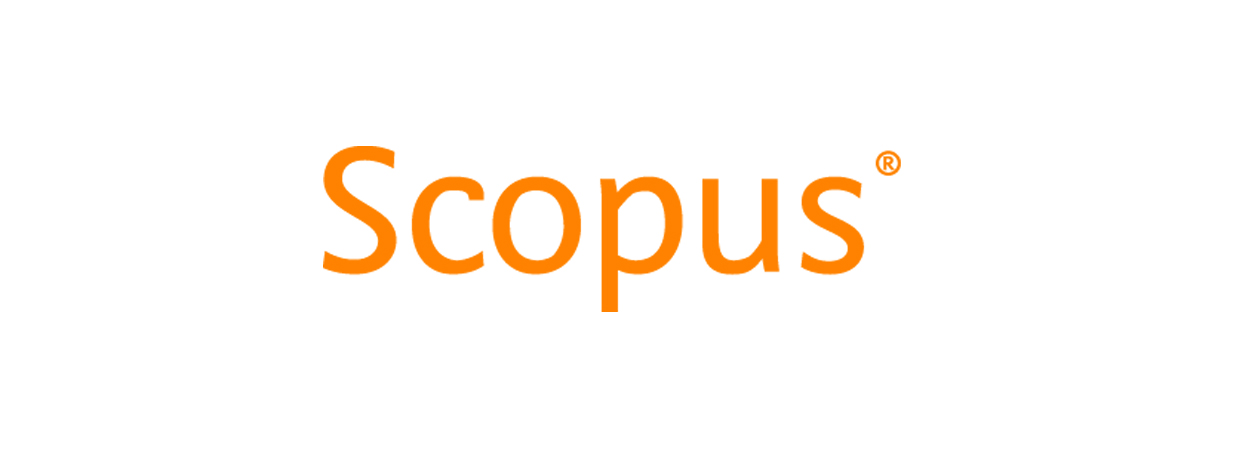KEBIJAKAN STABILISASI HARGA BERAS
Keywords:
Stable rice price, Policy, BulogAbstract
The rice retail price the research period is relatively stable and in a moderat range. The most unstable rice retail prince happened in Jakarta and Surabaya. The third and fourth week of December and the second week until the end of February are the periods which need special attention from the Government of Indonesia (GOI). According to the research results, there are five variables that influence the price of rice which are: Â previous rice prince, gasoline price, harvested area, final stock of rice by Bulog, and market operation by Bulog. Rice price is more unstable if the fluctuation of gasoline priceis higher than previous price, the rice stock mobilization from Bulog worst, rice import volume is low, and the market operation policy is more effective if it is supported by the stable gsoline price because this price in stability has the strongest influence towards rice price instability. To minimize the impact of the increasing rice price to the poor, GOI is in the right track by implementing the Safety Net Programme ( Jaringan Pengaman Sosial/JPS programme). Nevertheless, this programme needs further improvement.There are few alternative to improve PP No. 68/2002. Firstly, if the price increases more than 25% to be the indicator for price unstabil then the time reference should be changed from 3 months i9nto 6 months. Secondly, if we want to the price indicator decrease from 25% to 15% if we still want to use the 3 months time reference.Â
Downloads
References
Arifin, B. (2007), “Buah Simalakama Penanganan Minyak Goreng, Media Indonesia “, Senin, 11 Juni 2007.
CIC. (2007), “Perkembangan dan Prospek Industri Kelapa Sawit di Indonesia, Profil Bisnisâ€, CIC No. 390, Jakarta.
Darwanto, Dwidjono Hadi. (2001), “Rice varietal improverment and productivity growth in Indonesiaâ€, IRRI.
FAO. (1986), “Rice Development Policy: an analysis of the options for meeting future rice consumption requirements in Papua New Guinea, in cooperation with the Papua New Guinea Department of Primary Industry, Port Moresby.
Jayne, Thomas S. (2004) . “Food Marketing and Price Stabilization Policies in Eastern and Southern Africa: A Review of Experience and Lessons Learnedâ€, World Bank Conference, Washington D.C.
Jordan, H., Grove, B., Jooste, A., dan Alemu, Z.G. (2007). “Measuring the Price Volatility of Certain Field Crops in South Africa Using the ARCH/GARCH Approach, Agrekon, 46(3), 306-322.
Myers, Robert J. (2006). “On the costs of food price Fluctuation in low-income countriesâ€, Managing Food Price Risks and Instability in a Liberalizing Market Enviroment, Volume 31, Issue 4, August 2006, P. 288-301.
Newbery dan Stiglitz. (1981), “The Theory of Commodity Price Stabilization : A Study in Economics of Riskâ€, Oxford University Press, Oxford.
Pursell, G. and A. Gupta. (1997). "Trade Policies and Incentives in Indian Agricultureâ€, Development Research Group, the World Bank, New Delhi.
Sadoulet,, E and A.de Janvry. (1995), “Quantitative Development Policy analisisâ€, Johns Hopkins Univ. Press: Baltimor and London.
Susila, W.R. (2007), “Merevitalisasi Kebijakan Pangan Indonesiaâ€, ITAP Working Paper, ITAP-USAID, Jakarta.
Timmer, P.C. (2003), “Agriculture and Economic Developmentâ€, Published Paper Paper no.1, Indonesian Food Policy Program.
World Bank, (2007) , “Issues in Indonesian Rice Policyâ€, draft March 2007.










 Buletin Ilmiah Litbang Perdagangan
Buletin Ilmiah Litbang Perdagangan
